The Trade Cycle: an Essay
$21.17
| Author(s) | |
|---|---|
| Format |
|
| Pages |
241 |
| Publication Year |
1965 |
In The Trade Cycle, Harrod combined J.M. Clark’s “acceleration principle” with Keynes’ new “multiplier” to produce a theory of the rate of change of aggregate demand. Three years later he produced a more mature version of the same idea … thereby effectively inventing modern growth theory.
Author’s Note:
A new theory of the Trade Cycle! I offer this, well knowing that whoever ventures to add to the multifarious literature on this subject must incur the reader’s extreme displeasure, if he fails to show that he has something of importance to add. This essay only presents the outline of a theory; and properly, because the facts on which it is based may be summed up in a few broad generalizations about which there is common agreement ; to construct a more highly elaborated theory would probably involve going further than these warrant.
There are three main sources from which the ideas that are developed in this volume are derived, (i) There is a well-established relation, vouched for by experience and the laws of arithmetic, between the demand for consumable goods and the demand for durable goods, the essence of which is that the absolute amount of the latter depends primarily on the rate of increase of the former. The implications of this for trade cycle theory are here explored, (ii) Mr. Keynes, in his recent volume, The General Theory of Unemployment, Interest, and Prices, has developed certain important ideas concerning the relations between the demand for capital goods, the propensity of the community to save, and its general level of activity and income.
Full use is made of these, (iii) I have had occasion in the past to work upon the theory of imperfect competition; the object of this branch of economics has been to bring the general theory of value into closer relation with the facts. The doctrines so developed have proved of relevance to the trade cycle problem. Although the main ideas upon which it is based are drawn from three separate sources, the theory here presented is itself single and indivisible. I should claim on its behalf that a larger number of the special phenomena of the trade cycle are accounted for as the necessary consequences of its central propositions than are accounted for by any other theory.
Contents:
- Preliminary
- The Division of Labour
- Capitalism
- The Monetary System
- The Relation
- The Multiplier
- The Movements of Prices and Profits
- The Three Dynamic Determinants
- The Inevitability of the Cycle
- The Rate of Interest
- Money
- The Foreign Balance
- Remedy and Diagnosis
- Stable Money
- Public Works and Public Finance
- Subsidies
The Trade Cycle: an Essay By Roy Harrod pdf
1 review for The Trade Cycle: an Essay
Clear filtersOnly logged in customers who have purchased this product may leave a review.

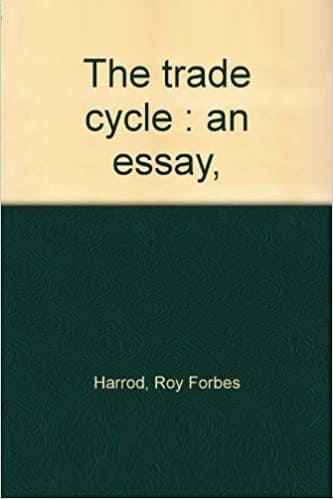
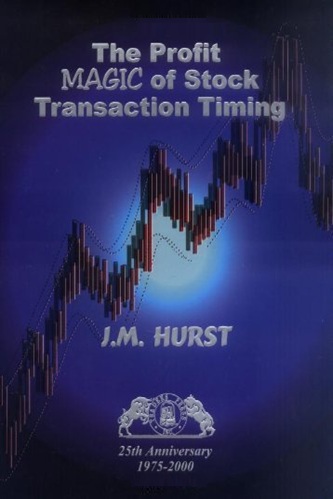
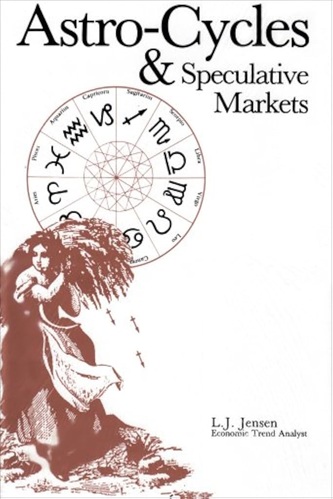
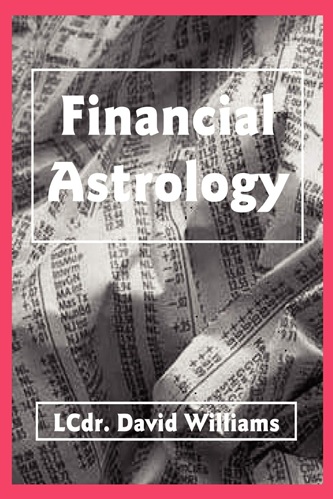
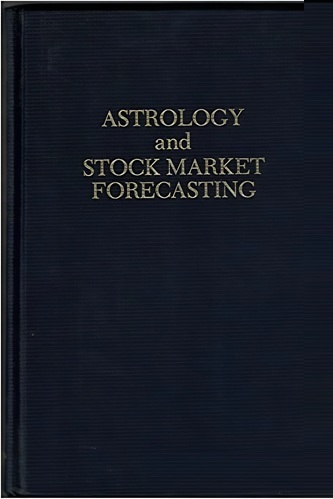
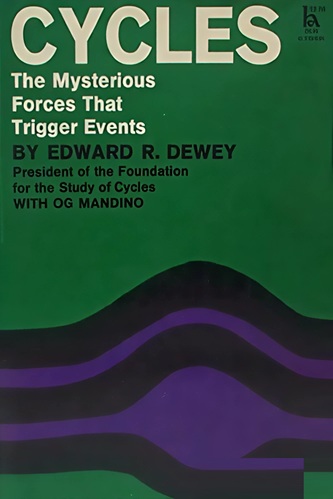
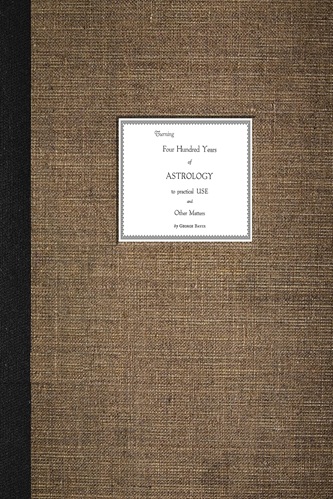
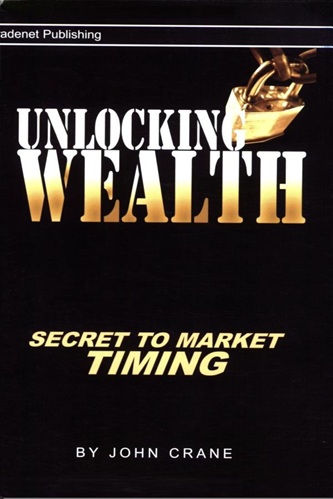

Arthur Reilly (verified owner) –
The book came to me exactly as the description was showing. Couldn’t be more precise, the book’s previous owner was a library, so it’s condition is great!